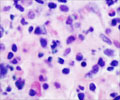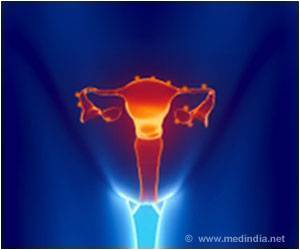Researchers have reported that breast masses shown on ultrasound that are diagnosed as “probably benign” can be safely managed with imaging follow-up rather than biopsy.
Researchers have reported that breast masses shown on ultrasound that are diagnosed as “probably benign” can be safely managed with imaging follow-up rather than biopsy.
“These findings indicate that ultrasound follow-up can spare women from unnecessary, invasive biopsies,” said Oswald Graf, M.D., from the Department of Radiology, Ambulatory Care Center in Steyr, Austria.The American Cancer Society (ACS) estimates that 212,920 women will be diagnosed with breast cancer in the United States this year. Early detection through screening is the best way to combat cancer at its early, most treatable stage. While mammography is the standard breast cancer screening exam, the sensitivity of mammography for identifying breast cancer decreases in women with dense breast tissue.
Some studies have shown that ultrasound may provide useful information in detecting cancer in women with dense breasts. However, screening with ultrasound also identifies a large number of breast lesions that are suspicious but may or may not be cancerous. Often, these masses are recommended for biopsy. ACS reports that 80 percent of breast lesions biopsied are found to be benign.
According to recently introduced Breast Imaging Reporting and Data System (BI-RADS) guidelines for ultrasound, a solid mass with circumscribed (confined) margins, oval shape and parallel orientation can be classified as probably benign (category 3). Dr. Graf’s study is the first to report outcomes from ultrasound follow-up of masses that were classified as probably benign at initial ultrasound.
“Our study shows that following a lesion classified in the BI-RADS lexicon as category 3 is a safe alternative to immediate biopsy,” Dr. Graf said. “But it is essential that lesions strictly meet these criteria.”
The researchers retrospectively studied 409 women with 448 nonpalpable masses that were partially or completely obscured at mammography by dense breast tissue and were classified as probably benign at ultrasound. After initial imaging with mammography and ultrasound, follow-up was performed in 445 masses. The other three masses were biopsied and shown to be benign.
Advertisement
The findings indicate an overall negative predictive value of 99.8 percent. In other words, only one in 445 masses (0.2 percent) developed into cancer. The results indicate that routine follow-up with ultrasound is a safe alternative to biopsy in cases where the breast lesion is classified as probably benign.
Source-Eurekalert
JAY/M











